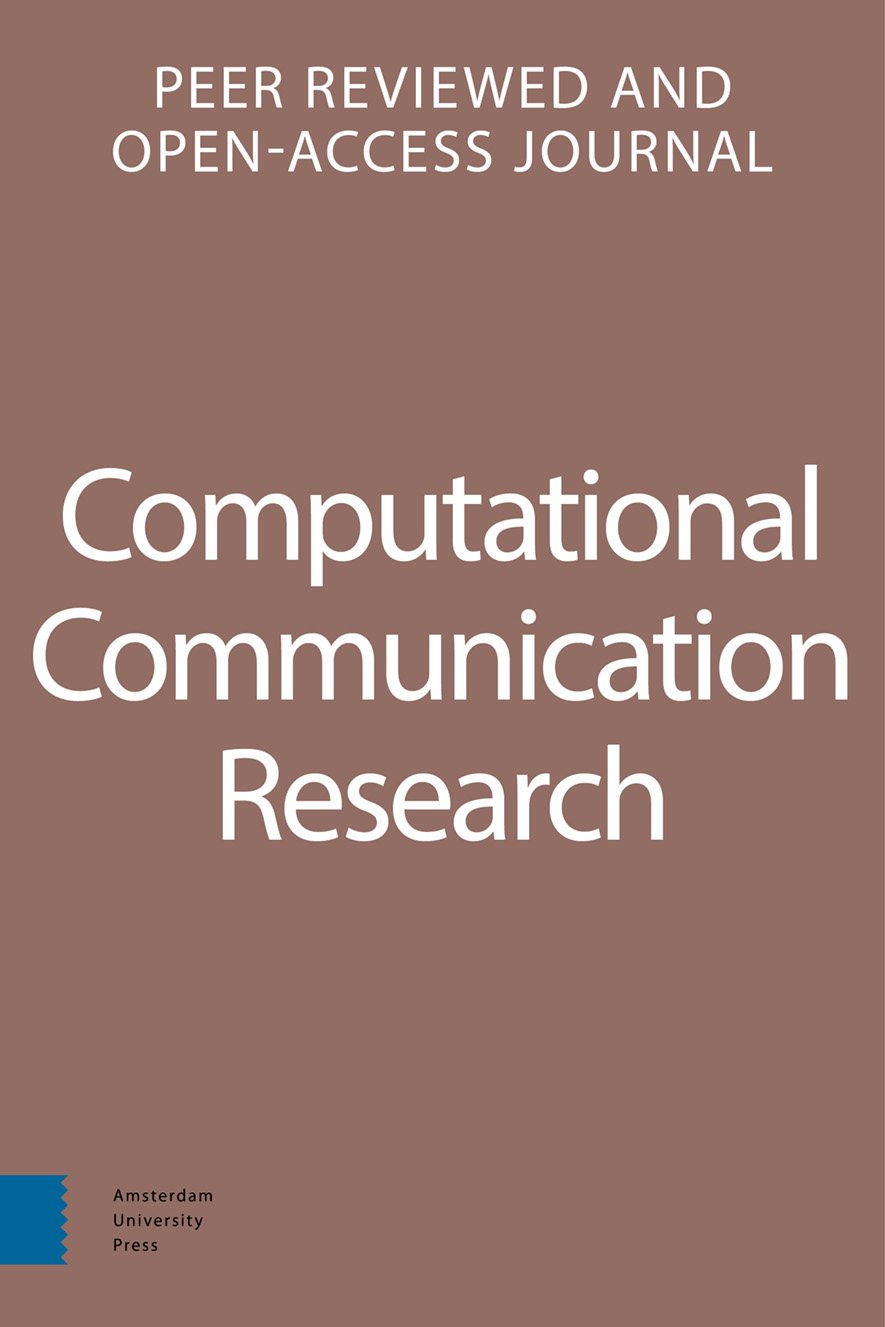-
oa The Sentiment is in the Details
A Language-agnostic Approach to Dictionary Expansion and Sentence-level Sentiment Analysis in News Media
- Amsterdam University Press
- Source: Computational Communication Research, Volume 4, Issue 2, Oct 2022, p. 424 - 462
-
- 01 Oct 2022
Abstract
Determining the sentiment in the individual sentences of a newspaper article in an automated fashion is a major challenge. Manually created sentiment dictionaries often fail to meet the required standards. And while computer-generated dictionaries show promise, they are often limited by the availability of suitable linguistic resources. I propose and test a novel, language-agnostic and resource-efficient way of constructing sentiment dictionaries, based on word embedding models. The dictionaries are constructed and evaluated based on four corpora containing two decades of Danish, Dutch (Flanders and the Netherlands), English, and Norwegian newspaper articles, which are cleaned and parsed using Natural Language Processing. Concurrent validity is evaluated using a dataset of human-coded newspaper sentences, and compared to the performance of the Polyglot sentiment dictionaries. Predictive validity is tested through two long-standing hypotheses on the negativity bias in political news. Results show that both the concurrent validity and predictive validity is good. The dictionaries outperform their Polyglot counterparts, and are able to correctly detect a negativity bias, which is stronger for tabloids. The method is resource-efficient in terms of manual labor when compared to manually constructed dictionaries, and requires a limited amount of computational power.


